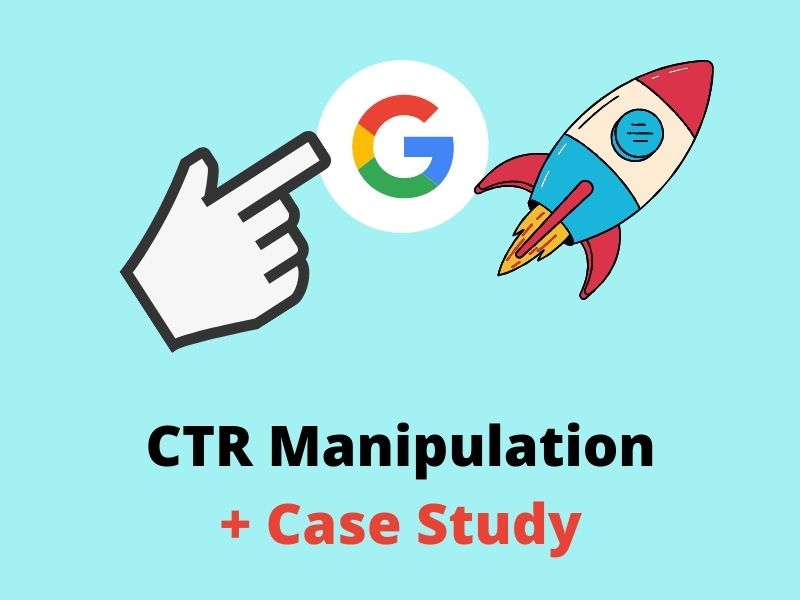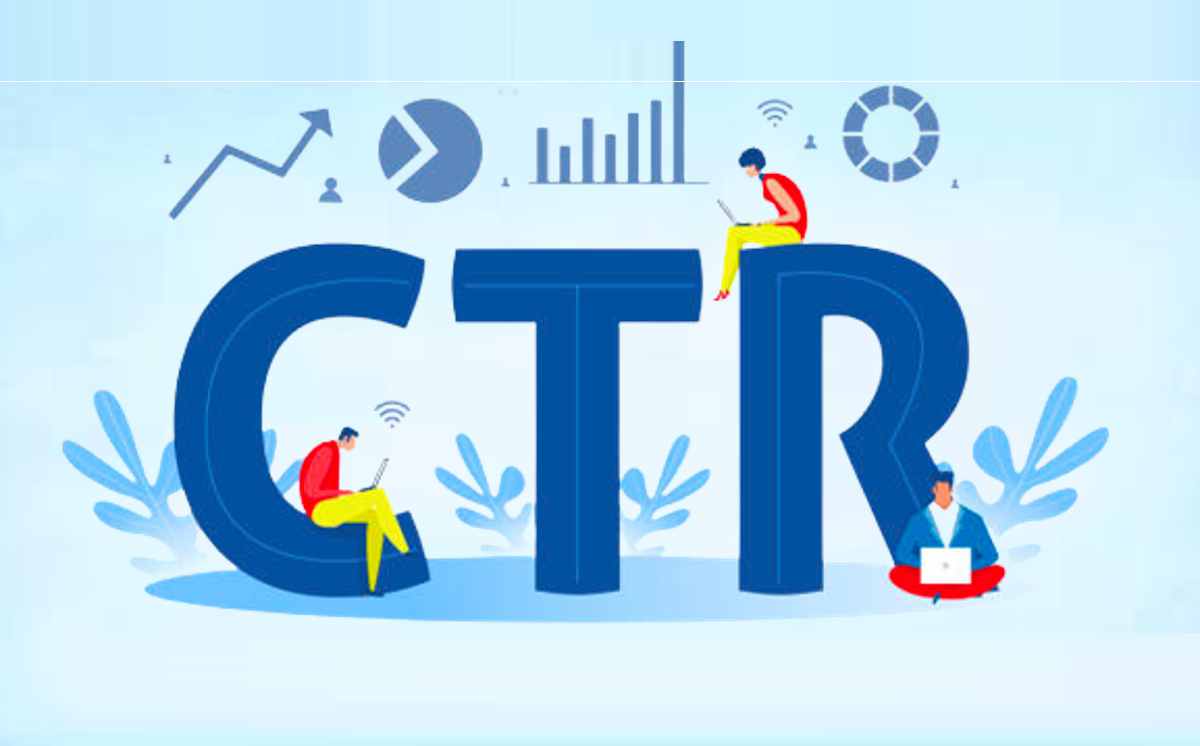Maximizing Organic Click-Through Rates With CTR Control
The optimization of organic click-through prices (CTR) is a nuanced venture that rests on understanding both customer psychology and effective content presentation. By leveraging calculated control strategies, such as powerfully crafted headings and aesthetically interesting components, marketers can substantially boost customer involvement. The landscape is swarming with false impressions and oversimplifications regarding what genuinely drives CTR. As we explore the complexities of these methods, it ends up being crucial to recognize the underlying concepts that can bring about continual success in recording target market interest. What genuinely distinguishes the efficient from the ineffective in this critical element of digital advertising and marketing?
Recognizing Click-Through Fees
Understanding click-through prices (CTR) is essential for assessing the effectiveness of on the internet advertising approaches. CTR gauges the portion of users who click a certain link or promotion compared to the total variety of individuals who see it. A higher CTR suggests that the web content is engaging and pertinent to the target audience, while a lower CTR might signal a requirement for optimization.
To determine CTR, divide the variety of clicks by the number of impacts and multiply by 100. If an advertisement gets 300 clicks out of 10,000 impacts, the CTR would be 3%. This metric is vital for analyzing various elements of digital marketing, consisting of search engine optimization (SEARCH ENGINE OPTIMIZATION), email campaigns, and social media sites advertising.
Additionally, assessing CTR helps online marketers identify which strategies produce the best outcomes and which need improvement. By concentrating on enhancing CTR, companies can improve their web content's visibility and effectiveness, bring about increased web traffic and possible conversions. Understanding the subtleties of CTR is foundational for any marketing professional aiming to enhance their online presence and make the most of roi (ROI)

The Psychology of User Habits
User actions is considerably affected by mental elements that dictate just how individuals interact with on-line content. Comprehending these aspects is essential for maximizing click-through prices (CTR) in organic search results.
Emotional actions likewise considerably influence user habits. Content that resonates emotionally can activate a sense of urgency or interest, triggering users to click. Additionally, social proof-- such as customer reviews or rankings-- can enhance depend on and encourage engagement, as people commonly seek to the behaviors of others to notify their own decisions.
Moreover, the concept of scarcity can drive clicks - LinkDaddy CTR Manipulation. Limited-time offers or special content create a concern of missing out on out (FOMO), engaging users to act rapidly. Comprehending these psychological drivers enables online marketers to produce even more engaging material that resonates with their target market
Effective CTR Adjustment Techniques
Leveraging emotional insights can dramatically boost click-through rates (CTR) with targeted adjustment techniques. One of one of the most efficient approaches is using compelling headlines that evoke inquisitiveness or urgency. Wording titles as inquiries or incorporating numbers can draw in more attention, triggering individuals to click.
Another strategy includes optimizing meta summaries to develop a feeling of relevance and immediacy. By clearly laying out the benefits or options offered in the content, you can involve prospective viewers and convince them to click. Additionally, making use of power words-- such as "unique," "proven," or "totally free"-- can boost the charm of your content.
Visual elements also play an essential duty. Including captivating photos or thumbnails can draw individuals in and improve CTR. A/B testing different visuals can help identify which pictures reverberate ideal with your target market.
Last but not least, ensuring that your web content assures deliverable worth leads to higher CTR. They resource are a lot more likely to involve when users view that clicking will give them with meaningful understandings or remedies. By utilizing these techniques attentively, marketing experts can successfully control CTR to their advantage while preserving ethical requirements.
Typical Misconceptions Regarding CTR
Numerous misunderstandings surround click-through rates (CTR) that can lead marketing experts to make misdirected choices. While a high CTR suggests that even more customers are clicking, it does not ensure conversions or sales.
One more typical idea is that CTR is an isolated metric. In reality, CTR must be evaluated together with various other efficiency indications, such as bounce price and conversion price, to gain an all natural sight of campaign success.
Additionally, some marketing experts presume that optimizing for CTR alone suffices. Focusing specifically on CTR can lead to clickbait tactics that might bring in clicks but fail to engage customers meaningfully. CTR Manipulation Service. This strategy can damage brand online reputation and cause reduced retention prices
Finally, there is an idea that CTR techniques are universally effective. The reality is that optimal CTR strategies can vary considerably across industries and target audiences, demanding customized approaches for different market sections. Understanding these myths is critical for establishing reliable CTR methods that line up with overarching marketing goals.
Gauging CTR Success
Although high click-through prices (CTR) can suggest effective interaction with material, determining their real success requires an extensive evaluation of a number of factors. First, it is essential to recognize the context in which the CTR is accomplished. For circumstances, a high CTR on a misleading title may not equate to significant interaction or conversions, ultimately reflecting inadequately on the brand name's credibility.
2nd, assessing the source of website traffic is crucial. Organic website traffic from internet search engine can represent a this website durable material approach, while clicks from pointless resources might indicate an absence of targeting. Furthermore, measuring the succeeding individual habits is essential; evaluating metrics such as bounce rate, time invested in web page, and conversion rates can provide deeper insights right into the high quality of the interaction started by the CTR.

Conclusion

The optimization of natural click-through rates (CTR) is a nuanced venture that hinges on understanding both customer psychology and efficient content discussion. CTR determines the portion of users who click on a particular web link or advertisement compared to the overall number of individuals who watch it. A greater CTR shows that the web content is involving and relevant to the target audience, while a reduced CTR may signify a need for optimization.
Focusing solely on CTR can lead to clickbait strategies that may bring in clicks however fail to engage individuals meaningfully. Additionally, determining the succeeding customer actions is essential; link examining metrics such as bounce price, time invested on page, and conversion prices can supply deeper understandings into the quality of the involvement launched by the CTR.